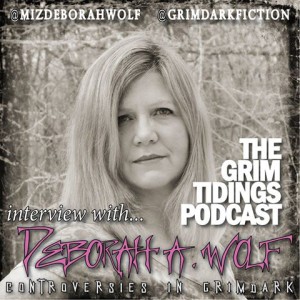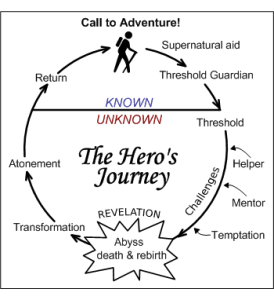First, a disclaimer: I am pretty much full of hot air, so take everything I say here with a grain of salt. I am, after all, aspiring to be a professional liar.
I would like to examine worldbuilding, because this is a topic that a lot of readers and writers of fantasy find fascinating, and because it’s something I enjoy. By ‘enjoy’ I really mean ‘obsess over as only a geek can’. Visiting other writers’ new worlds and midwifing my own from the nether-goo…oh yeah, baby, that’s the stuff. That’s the magic powder and I can’t get enough of it.
So here I am, a green belt at best, pontificating on how to build worlds for your fantasy writing. Again, hot air. I’m not going to tell you how to build a world, or even (in much detail) how I build my world. I’ve been working on Atualon and the surrounding countries for quite some time now, and it’s been more an off-the-beaten-path meander than a forced march with guaranteed conquest at journey’s end.
And that’s why I’m not going to tell you how to build a world.
…Wait, what?…
There are a fucktillion other articles and books out there about worldbuilding, and particularly about worldbuilding for fantasy. Brent Weeks has done it, Nnedi Okorafor has discussed her worldbuilding in interviews, and so has Pat Rothfuss. Brandon Sanderson, praise his generous heart, has myriad tutorials on the web that address the issue. I’m not going to include links, because if you wander around the internet looking for this kind of stuff you are likely to find something even cooler and more useful, and who am I to hamper your destiny? Besides…if you’re reading this, you probably have access to a search engine, and if you’re too lazy to do your own research I can’t help you.
These fine folks, who are all more experienced than and perhaps not as full of hot air as I am, will tell you to figure out coinage systems and architecture, flora and fauna, religious and magic systems…yes. Do that. It’s interesting, it’s cool, it’s necessary.
…But wait, there’s more…
Brandon Sanderson, in a recent interview (this is me still not providing links) mentioned that he does not think writers have yet scratched the surface of epic fantasy. I hollered “YES!” and startled my dog. Because there’s more.
Now, I love a big stone castle as much as anyone, rabbit stew after a long day’s ride, and good old-fashioned wizards with their pet crows (or owls). I can watch the Rohirrim ride downhill and smash into the enemy forces three times a day and never get tired of it. And who doesn’t love a folded-steel broadsword? Especially if it’s got a name? That’s all good stuff. Arthurian legend from a new point of view? Yes please, and a side order of Fae magic to go.
But there is so much more to our world and our world’s history than the Lady of the Lake and brooding castles made of stone, there are more stories than the rise of Christianity and the fall of Rome. Werewolves and zombies and vampires? Yes! But what else have you got for me?
In building my world, I wanted something different. Not necessarily more, or better, just…a different flavor. Squid curry instead of rabbit stew. Tournaments that are more closely related to World Wrestling Federation cinema than to the gladiator pit. Matriarchy in the desert…and humans that are not within reach of the top of the food chain. Pemmican. Potlatch. Naked people stranded in olive trees.
Inspiration for worldbuilding is everywhere. I could spend (have spent) entire days watching BBC and National Geographic specials on everything from super volcanos to clouded leopards to radioactive wolves and hallucinogenic honey.
Okay, I’m actually going to share a link for this last, because these Nepalese honey hunters could give our Navy SEALs a run for their money, in sheer what-the-fuck-dude-machismo. Seriously:
https://www.youtube.com/watch?v=Y_b2i_FvYPw
Read about the Black Death: how it spread, how it affected whole societies, how it altered the course of history. Read about portable blacksmith forges used during America’s civil war, farming with water buffalo, the growth cycle of a bamboo forest. Types of coins used by humans, medicinal plants, implements of torture. Imagine using a trebuchet to fling a rotting cow’s carcass into a city you’ve besieged. You know you want to do it. Because flinging a rotting cow into the enemy’s town square.
Okay, one more link: The French Knight’s Guide to Trebuchets.
http://thisiskira.com/portfolio/trebuchet-tech-illustration/
And go as far off the beaten path as you can go…venture into South America, into Italian tombs and Indian temples. Please, take the journey, and create new worlds of wonder and brilliance.
And then sell me a ticket. I’d love to come along for the ride.
Jai tu Wai,
Debi


